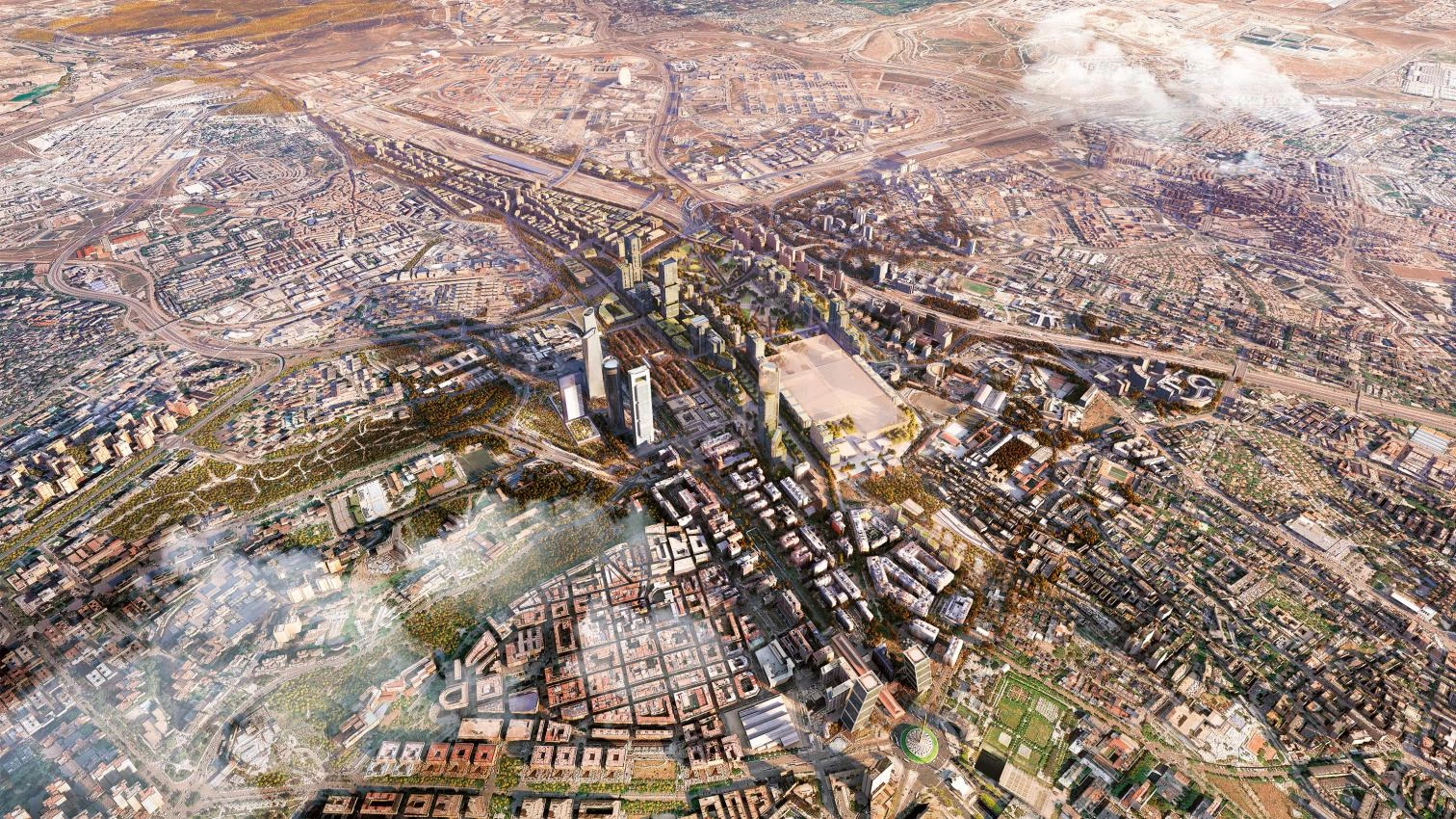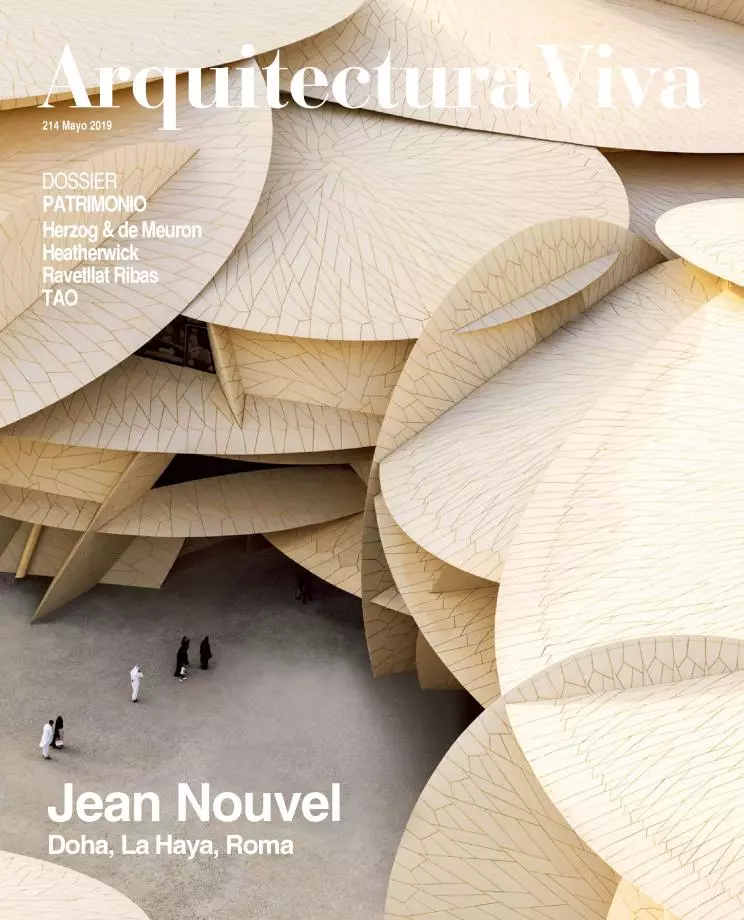
Everything fits in the city. There is room for all the dwellings, offices, stores, and parks needed or wanted by citizens. And for people to be able to live, work, shop, and relax in these places, they have to be built in the spirit of city-making. They have to be given a location, then connected to each other and to the rest of the world. Specifically, as part of that artifact full of life that Madrid is, and that concentrates three serious health problems in the Chamartín district: the still unclosed breach of railway tracks, an undefined stretch of Madrid’s main avenue, and a crucial train station awaiting renovation.
Madrid has been trying to solve this trio of problems for thirty years, but has yet to make a single right step towards a real solution. The most recent proposal – arising from an agreement to reinvent the old pact between City Hall, the banking sector, and the contractor – fails to go in this direction. The parties have not acted as city developers or city builders, but as mere investors, alien to the area.
Instead of curing the wound and the two chronic diseases, they have limited themselves to the business of managing buildable square meters and investment money. This abstraction has resulted in prisms of varying height and color beside some green ribbons, standing on a gray model of Madrid’s whole north zone, now on display at Castellana 120. The arrangement of these elements on plan entirely lacks formal intention. It looks like the work of a child who, carrying a bucket of plastic dice, sets out to toss them on both sides of a road by color and size, then paints them green...





